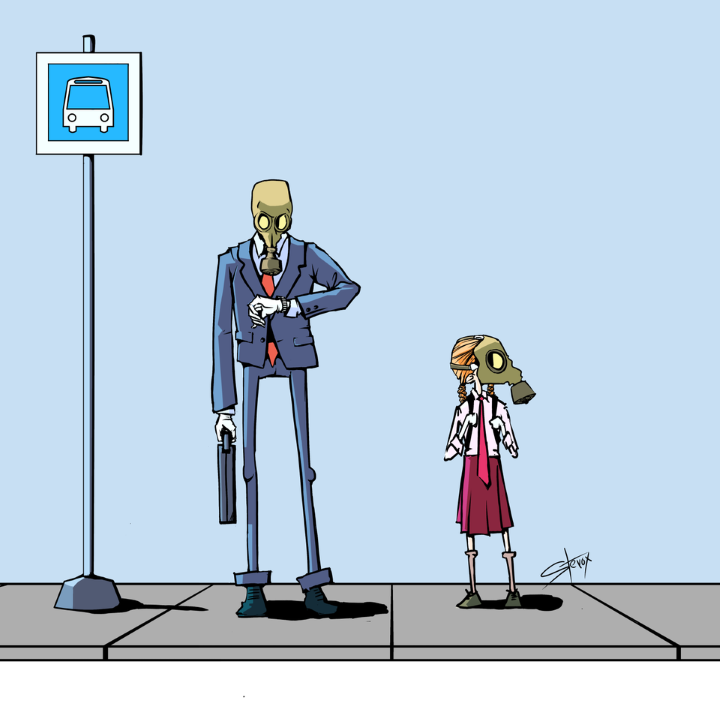🧠 Wetware, Epictetus & Krakatoa
09 August 2020
Welcome back to the Week That Was series where I highlight a few things from the interwebs which I thought were interesting, noteworthy and probably worth your time.
Articles📝, Tweet(s)📱, Videos🎥, Charts 📈 all fair game with or without attendant commentary.
🎨☁️ Tranquility

Tranquility, Digital Art, 2020
🧠🖥️ Wetware
Spencer Greenberg has an interesting framing device for human intelligence - using computer architecture as analogy:
- Hard disk: facts, life experience
- CPU: processing speed
- RAM: working memory
- Subroutines: pattern finding, prediction, creativity
- Algorithms: reasoning, probabilistic thinking, self-skepticism, information gathering
- Software: mental models
Here’s what 🗣️Charlie Munger has to say about that last point; a subject I’ve written about before:
“If you get into the mental habit of relating what you’re reading to the basic structure of the underlying ideas being demonstrated, you gradually accumulate some wisdom.”
“You’ve got to have models in your head. And you’ve got to array your experience ‑ both vicarious and direct ‑ on this latticework of models. You may have noticed students who just try to remember and pound back what is remembered. Well, they fail in school and in life. You’ve got to hang experience on a latticework of models in your head.”
Morgan Housel jots down a wide selection of these in his 📝“100 Little Ideas”. A few examples:
Curse of Knowledge: The inability to communicate your ideas because you wrongly assume others have the necessary background to understand what you’re talking about.
Semmelweis Reflex: Automatically rejecting evidence that contradicts your tribe’s established norms. Named after a Hungarian doctor who discovered that patients treated by doctors who wash their hands suffer fewer infections, but struggled to convince other doctors that his finding was true.
System Justification Theory: Inefficient systems will be defended and maintained if they serve the needs of people who benefit from them – individual incentives can sustain systemic stupidity.
Buridan’s Ass: A thirsty donkey is placed exactly midway between two pails of water. It dies because it can’t make a rational decision about which one to choose. A form of decision paralysis.
Fredkin’s Paradox: Confronted with two equally good options, you struggle to decide, even though your decision doesn’t matter because both options are equally good. The more equal the options, the harder the decision.
Chronological Snobbery: “The assumption that whatever has gone out of date is on that account discredited. You must find why it went out of date. Was it ever refuted (and if so by whom, where, and how conclusively) or did it merely die away as fashions do? If the latter, this tells us nothing about its truth or falsehood. From seeing this, one passes to the realization that our own age is also ‘a period,’ and certainly has, like all periods, its own characteristic illusions.” – C.S. Lewis
McNamara Fallacy: A belief that rational decisions can be made with quantitative measures alone, when in fact the things you can’t measure are often the most consequential. Named after Defense Secretary McNamara, who tried to quantify every aspect of the Vietnam War.
Berkson’s Paradox: Strong correlations can fall apart when combined with a larger population. Among hospital patients, motorcycle crash victims wearing helmets are more likely to be seriously injured than those not wearing helmets. But that’s because most crash victims saved by helmets did not need to become hospital patients, and those without helmets are more likely to die before becoming a hospital patient.
Baader-Meinhof Phenomenon: Noticing an idea everywhere you look as soon as it’s brought to your attention in a way that makes you overestimate its prevalence.
Apophenia: A tendency to perceive correlations between unrelated things, because your mind can only deal with tiny sample sizes and assuming things are correlated creates easy/comforting explanations of how the world works.
Hanlon’s Razor: “Never attribute to malice that which can be adequately explained by stupidity.”
Fluency Heuristic: Ideas that can be explained simply are more likely to be believed than those that are complex, even if the simple-sounding ideas are nonsense. It occurs because ideas that are easy to grasp are hard to distinguish from ideas you’re familiar with.
Historical Wisdom: “The dead outnumber the living 14 to 1, and we ignore the accumulated experience of such a huge majority of mankind at our peril.” – Niall Ferguson
🌏 Countries & Continents
[OC] Continents & Countries Compared from r/dataisbeautiful
🔀🏭 Paths to Development
🎧 Nathan Nunn and Tyler Cowen cover extensive ground in a conversation which encompasses which African countries a theory of persistence would lead him to bet on, why so many Africans live in harder to settle areas, his predictions for the effects of Chinese development on East Africa, why genetic distance is a strong predictor of bilateral income differences and trade, the pleasant surprises of visiting the Democratic Republic of Congo, the role of the Catholic Church in the development of the West, how the plow shaped gender roles in the societies that used it, the cultural values behind South Korea’s success, and more.
🌋💢 Krakatoa
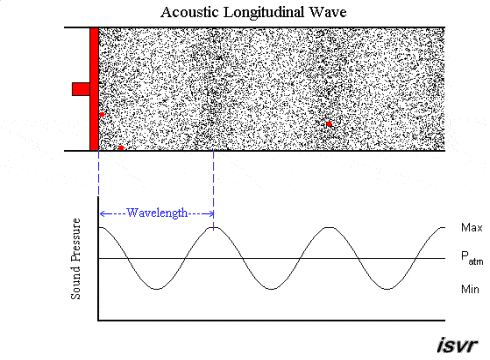
Topical: WaitButWhy’s Tim Urban highlighted a 📝piece he wrote in 2016 explaining waves & shockwaves.
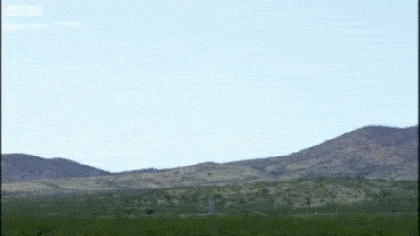
This summary of the Krakatoa incident was a particular highlight.
“The 1883 Krakatoa volcano eruption:13 I’m overwhelmed by the amount of things I need to tell you about the Krakatoa. Let’s do bullets”:
Krakatoa is an island in Indonesia, and the eruption happened on August 27, 1883.
The eruption completely annihilated the island, sending an enormous amount of debris 17 miles (27 km) high into the sky at half a mile per second. It also caused one of the most deadly and far-reaching tsunamis in history. In total, the eruption killed 36,000 people.
But the most amazing thing about the eruption was its sound. It made arguably the loudest sound on Earth in modern history.
It was so loud that the shock wave extended far enough to rupture the eardrums of sailors 40 miles away.
100 miles away, the sound was still 172 dB, enough to permanently destroy someone’s ears or even kill them. Wherever you are, think of a place that’s about 100 miles (161 km) away. Now imagine something happening there that causes a sound so loud where you are that if you were screaming at the top of your lungs directly into someone’s ear when the sound hit, they wouldn’t be able to hear that you were doing it. For comparison, the Saturn V launch sound was at 170 dB 100 meters away. Krakatoa was higher than that 100 miles away.
The sound cracked a foot-thick concrete wall 300 miles (483 km) away.
The sound was heard all the way in Australia (where it sounded like a distant canon ball being fired) and even as far away as Rodrigues Island, 3,000 miles away. 3,000 miles away. I’m currently in New York. Imagine if something happened in California or in Europe that I could hear in New York. I can’t even.
After the sound eventually got far enough away that humans couldn’t hear it anymore, barometers all over the world were going nuts for the next few days, as the sound waves circled the Earth 3.5 times.
Finally, you know the famous painting The Scream? Well you know how the sky’s all red for some reason? The sky is red because the painter, Edvard Munch, was inspired to paint it after seeing the Krakatoa-caused red skies all over the Western Hemisphere in the year after the eruption.
🦠🧼🖐💦⚕ Greenzone
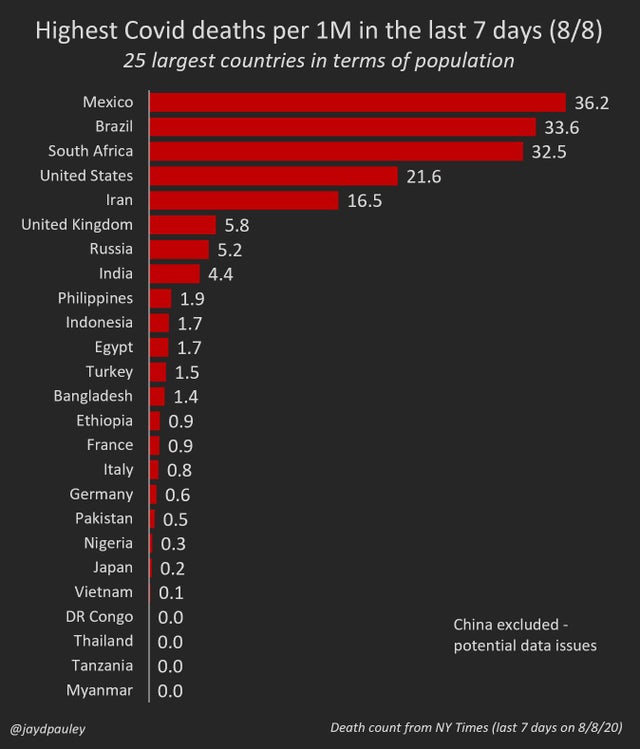
Everyone wearing a mask while attending a football game in 1918.
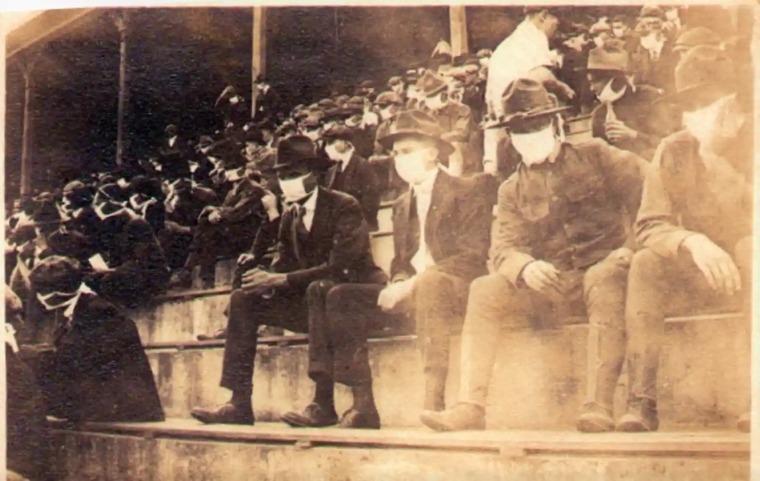
🎨
 Beach day, Tatsuya Tanaka, Miniature Art, 2020
Beach day, Tatsuya Tanaka, Miniature Art, 2020
🖌️🚉 Acrylic x Mobility
 Gods own country ..Kerala green, acrylic on canvas 30x40 inches, 2019
Gods own country ..Kerala green, acrylic on canvas 30x40 inches, 2019
 RUSH HOUR, BILASPUR, acrylic on Canvas 30x36 inches, 2017
RUSH HOUR, BILASPUR, acrylic on Canvas 30x36 inches, 2017
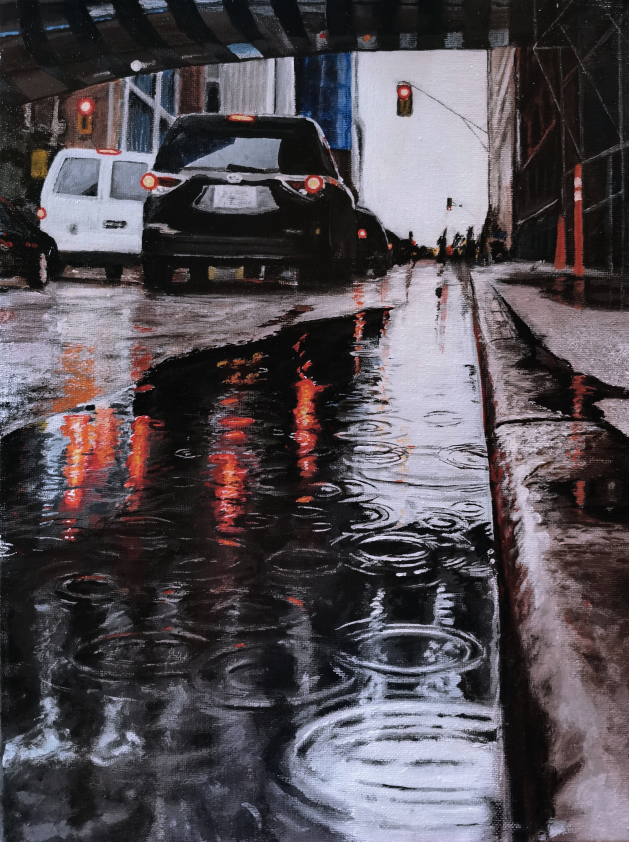 Curbside Reflection, Acrylic on Canvas, 2020
Curbside Reflection, Acrylic on Canvas, 2020
🚀🪐 Space
Over and above returning two NASA astronauts to earth (winning a high-stakes game of capture the flag in the process), SpaceX had a successful test of their SN5 prototype.
To quote 📝Scientific American:
The SN5 is just the second Starship prototype to get off the ground, and the first to do so in nearly a year. A squat and stubby vehicle called Starhopper took a few brief flights in the summer of 2019, retiring after acing its own 500-foot-high hop that August.
The 100-passenger Starship will have six Raptors and the Super Heavy will sport 35(!!), with space for two more on the rocket
🚀
Spectacular timelapse of a SpaceX launch over downtown Los Angeles. https://t.co/oKS52dUudM
— Wonder of Science (@wonderofscience) August 9, 2020
🤔💬 Philosophy
“Don’t explain your philosophy. Embody it.”
“Don’t just say you have read books. Show that through them you have learned to think better, to be a more discriminating and reflective person. Books are the training weights of the mind. They are very helpful, but it would be a bad mistake to suppose that one has made progress simply by having internalized their contents.”
― Epictetus
😠✏️ Oh…and one more thing
It took 95 days to complete this GIF. 62 days to finish the drawings which are filmed at 35 per a second. Excuse OP’s handle lol
I'm always angry (1000 page flipbook)
📧 Get this weekly in your mailbox
Thanks for reading. Tune in next week. And please share with your network
Links The Week That Was Pickings
fa17eab @ 2023-09-18
